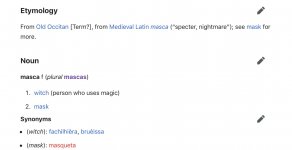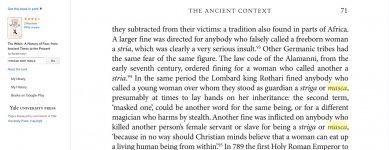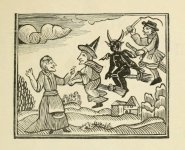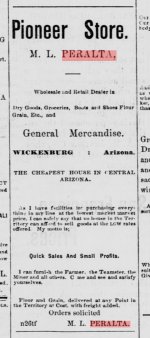markmar
Silver Member
- Oct 17, 2012
- 4,177
- 6,358
- Primary Interest:
- All Treasure Hunting
This version of the Peralta Fish Treasure Map dates to 1845 and a different one (The Treasurer of the Indians) to 1844. Which is the original, the Manuel Peralta Superstition Map of 1845 or the undated version? A massacre in the Superstitions would have gone unreported in 1845, less likely so in 1870 - 80.
The cross to the right of Masca El Sombrero and above Miners Needle, could that be Wagoners find?
https://www.desertusa.com/lost-dutchman/peralta-stones2/peralta-gold2.html
Why to write the year on a map? Is a map not a letter. Nothing would change in the fields over the years.
IMO the original maps have not years written on them.
The mine which is depicted near WN is not Wagoner's outcrop but what Jacobs and Ludi worked or were willing to work.















